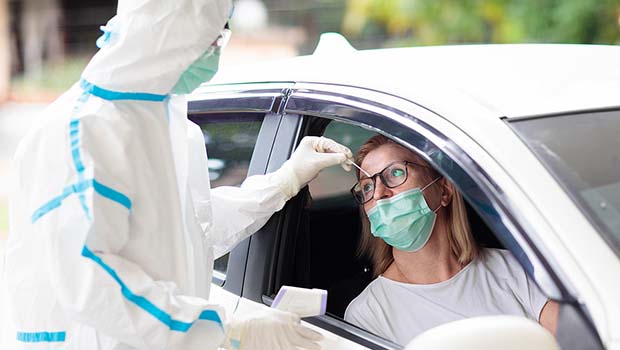With COVID infection rates in Connecticut rising to some of their highest levels since widespread testing has been available, the demand for testing is currently outstripping supply. To help ease the burden at test centers and increase test availability, Governor Lamont yesterday announced that, through January 3, he is temporarily pausing a requirement that unvaccinated school staff and state employees test weekly for COVID-19.
Connecticut is also expanding the hours of its 23 state testing sites and adding several additional locations. Today President Biden announced that additional federal testing sites will also be added around the country and that the government will purchase a half-billion at-home, rapid tests to be distributed for free to Americans this winter. Starting in January, private insurance will also cover the cost of at-home tests.
While there has been discussion in some districts about the possibility of moving to remote learning after break, remote days are not counted towards the statutory 180-day requirement unless they are approved by the State Department of Education. Currently state officials have indicated that they want to avoid schools going fully remote if at all possible.
CEA President Kate Dias says that some educators she has talked to would like to see a week of remote learning after break to stop the spread of the Omicron variant, while others think a switch to remote would do more harm than good for their students.
“The worst thing we can do is any dual instruction model,” Dias says. “We want students all in-person or all remote, recognizing that the focus of an educator on the full classroom of students is really the best practice.”
While educators have questions about The Screen and Stay protocol and whether it’s being implemented with fidelity in schools, Dias says teachers see the clear need to reinforce the use of masking, social distancing, and other practices that have been proven to stop the spread of the virus.
“We’re all watching the numbers escalate and wondering what is the role for increased testing, especially given the number of students who have yet to be vaccinated,” Dias says, pointing to the success of weekly testing at colleges and universities last year. She adds that educators had hoped children ages five through 11 would be vaccinated more quickly, but so far only 30 percent of Connecticut children in that age range have received their first COVID vaccine dose.
In remarks to the nation today, President Biden said that we now have more resources to keep schools open. “The science is clear and overwhelming, we know how to keep our kids safe from COVID,” Biden said. “Schools must require all adults in the school to get vaccinated. We need safety measures including masking.”
He said that the CDC recently announced Test to Stay guidelines that allow children in schools who implement them to stay in class even if a classmate tests positive for COVID.
Biden encouraged parents of children ages five and older to get them vaccinated, saying that six million children around the country have already been vaccinated, demonstrating the safety of vaccines. “Get your children protected today, now,” he said.
“We should all be concerned about Omicron, but not panicked. If you’re fully vaccinated, and especially if you got your booster shot, you are highly protected,” Biden said.







